4 Types of Threat Intelligence
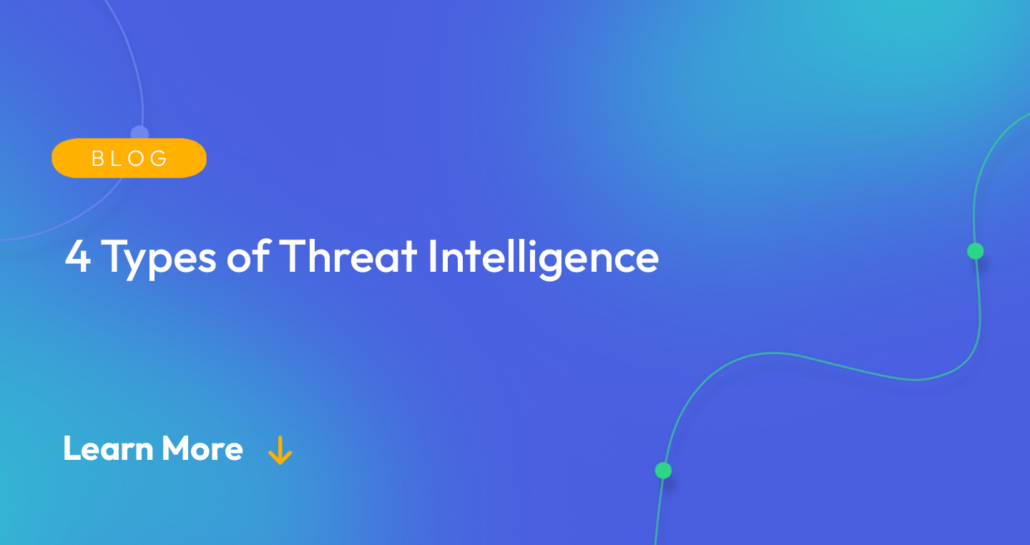
In a data driven world, information means empowerment. Security professionals often worry that threat actors may find exposure that could lead to a data breach. Whether from chatting on dark web forums or purchasing stolen credentials, malicious actors have access to vast quantities of data about different devices, attack methodologies, and vulnerabilities. External threat intelligence […]
RedLine Stealer Malware: What to Know
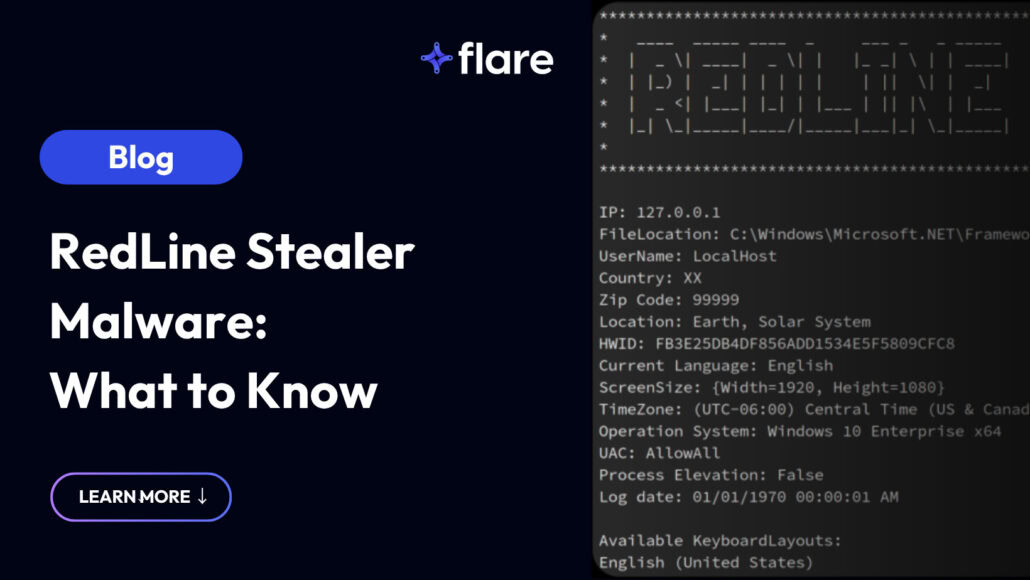
This article was updated on September 30, 2025 with updated information While phishing attacks and malicious website links often lead to ransomware attacks, many deliver other types of malware. Over the last few years, threat actors have been increasingly relying on infostealer malware variants to obtain employee credentials. One of the most common infostealer variants […]
GitHub Data Leaks: Detection & Prevention Guide
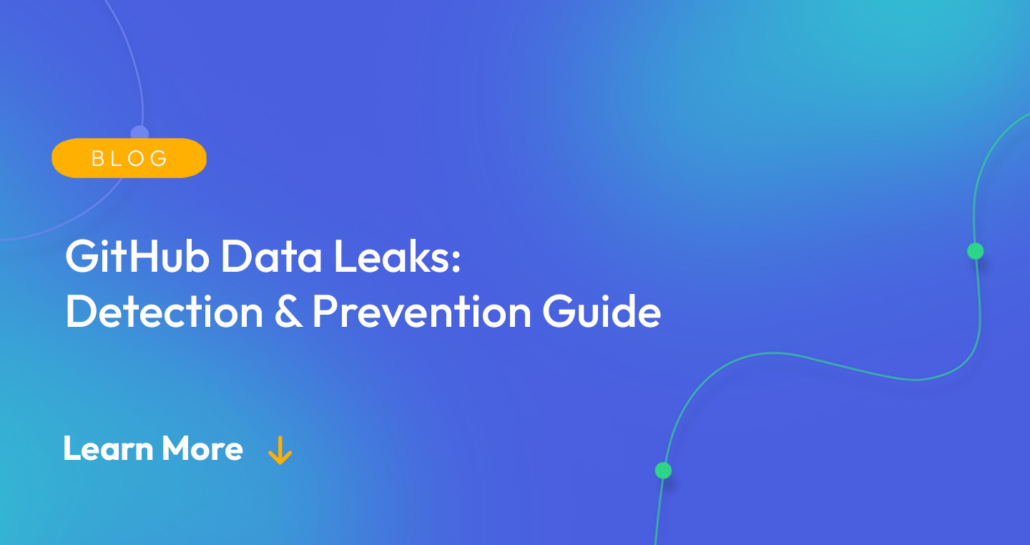
In a modern digital world, almost every company is a software development company. Your company may develop apps that provide digital customer experiences or build software that enable employee productivity. Developers use GitHub to collaborate efficiently and manage version control, recording and controlling software changes. Security teams know they need to monitor GitHub because the […]
Threat Intelligence Feeds: 9 Valuable Sources of CTI
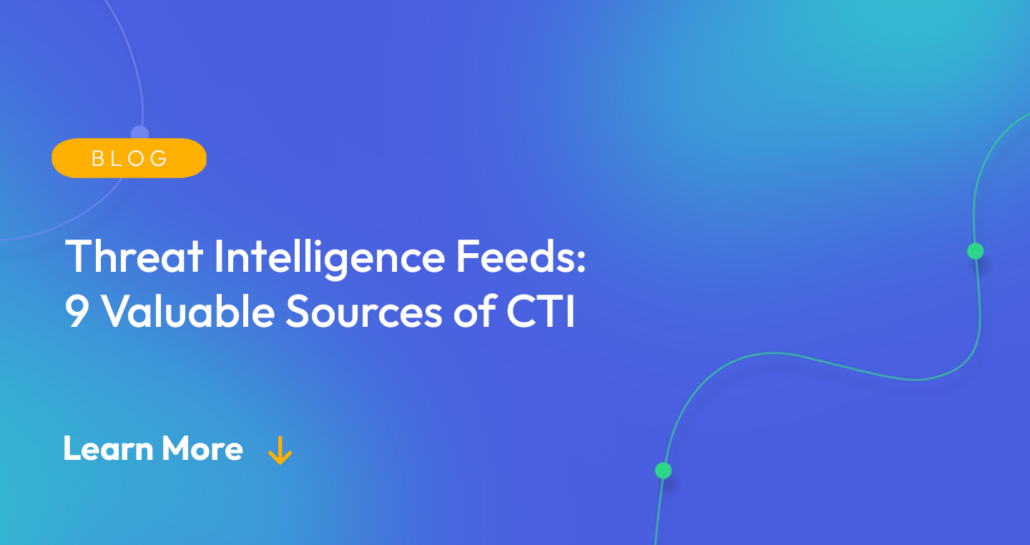
Among the many available sources of cyber threat intelligence (CTI), threat intelligence feeds are incredibly valuable for staying informed about the latest threats and potential indicators about those threats. Whether observed in the wild and reported by real users or gathered by decoy systems that lure attackers in, threat intel feeds should not be overlooked. […]
Operational Threat Intelligence: The Definitive Guide
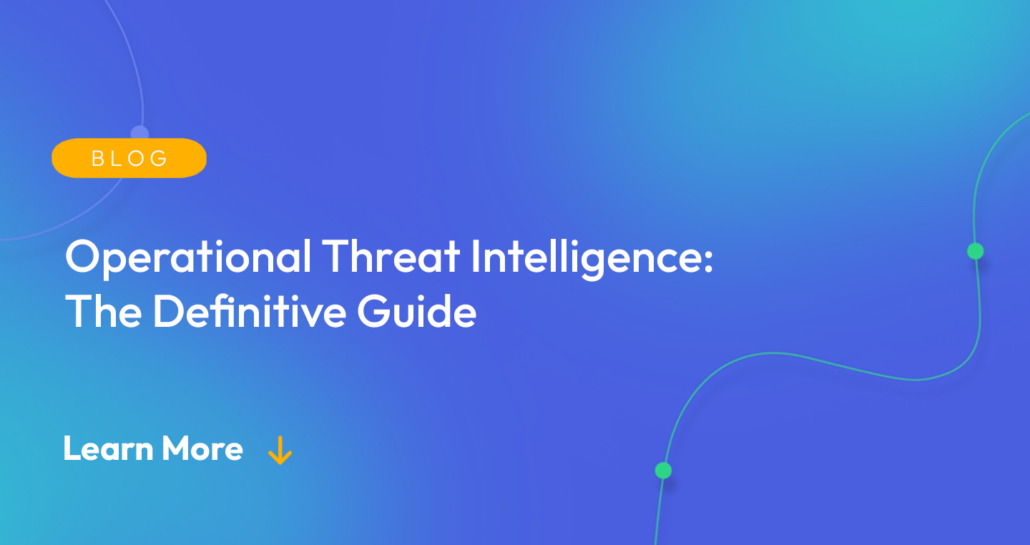
Cyber threat intelligence involves gathering and analyzing an assortment of disparate data to help make prompt and effective security decisions related to current or potential attacks and adversaries. But simply lumping all of this information under a general label like “cyber threat intelligence” ignores the fact that there are different ways to categorize this data […]
Data Breach Prevention: Identifying Leaked Credentials on the Dark Web
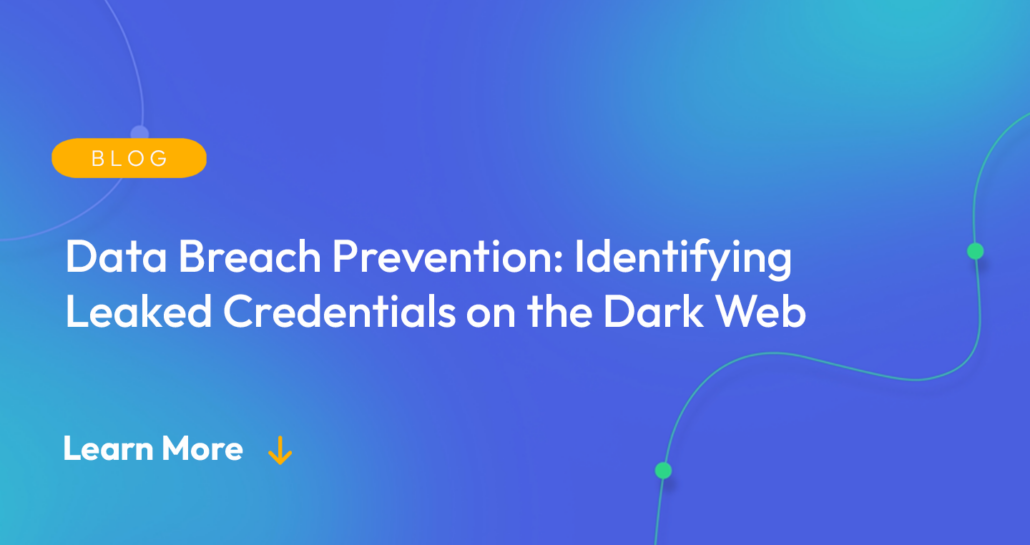
Threat actors deploy many tactics, techniques and procedures (TTPs) to get access to sensitive data assets. Among this arsenal of weapons, obtaining correct user credentials (username and password pairs) that can be used for credential stuffing attacks plays a central role in most data breaches. Poor password hygiene makes some credentials easy to guess. Social engineering […]
6 Phases of the Threat Intelligence Lifecycle
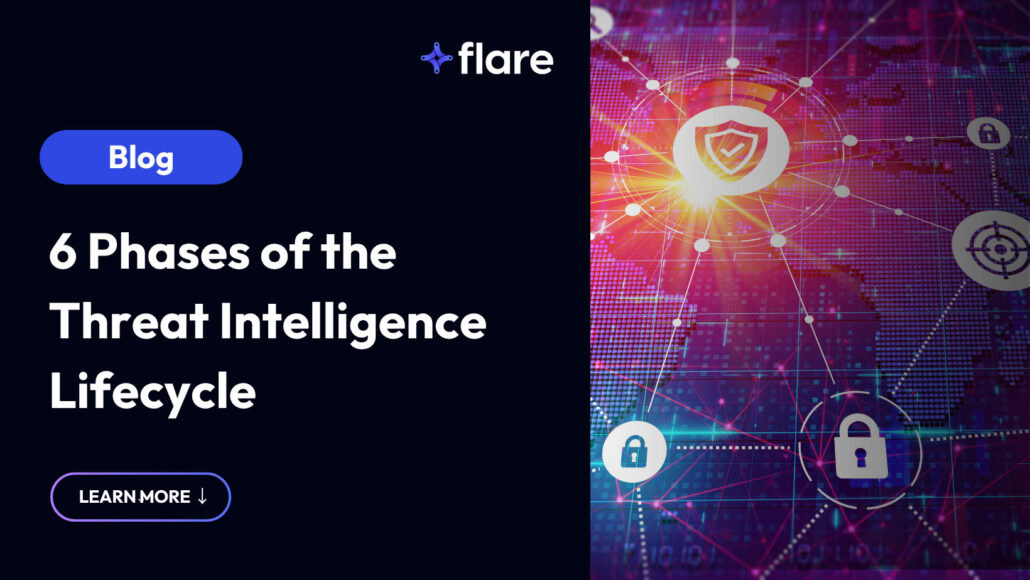
Building an effective threat intelligence program that disseminates actionable data that results in real-world risk reduction has never been more critical. Threats to enterprise organizations ranging from geopolitical risk to sophisticated ransomware groups continue to proliferate while many security teams struggle to integrate dozens of tools together and stay on top of emerging threats. This […]
Threat Intelligence in 2023: The Definitive Guide
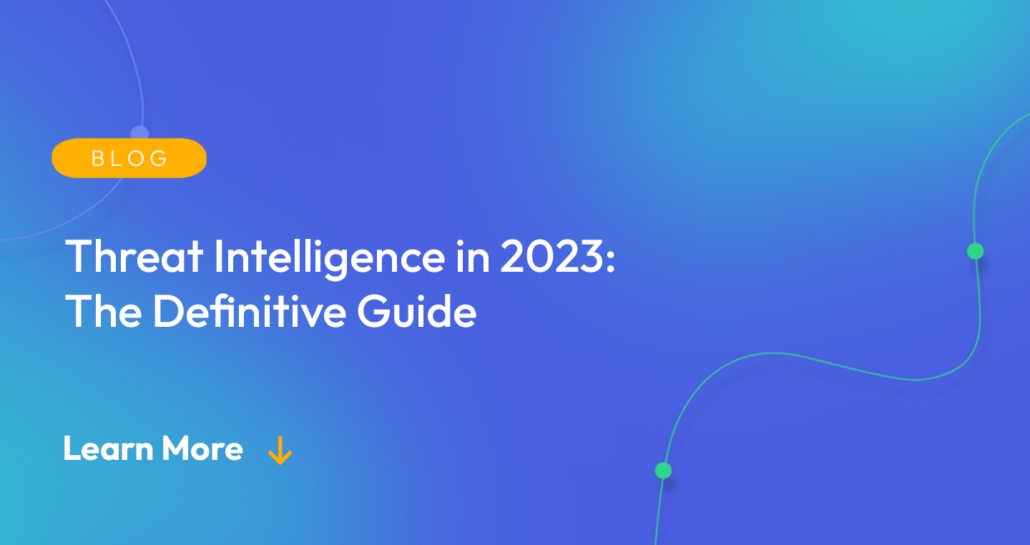
Threat Intelligence provides organizations with timely, relevant information about threats to their business. Threat intelligence can come in many different forms and includes four primary layers, strategic threat intelligence, tactical threat intelligence, operational threat intelligence, and technical threat intelligence. Organizations with mature threat intelligence functions in place are able to effectively collect intelligence from hundreds […]
Top 5 Most Asked Questions at BSides
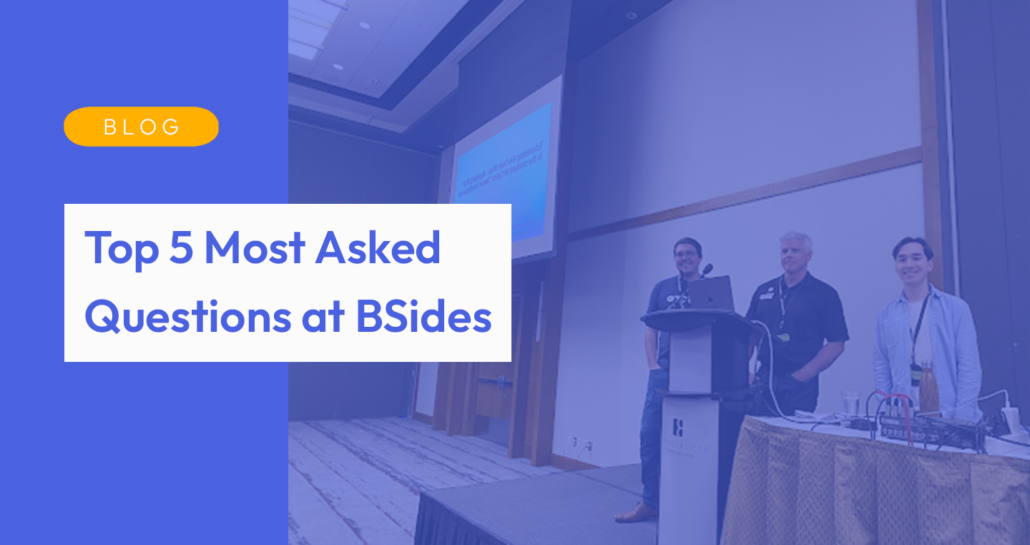
This year, the Flare team had many opportunities to attend BSides conferences across Canada and the U.S. It was a special experience to join local BSides conferences as well as travel to cities and visit cybersecurity communities. BSides conferences mean a lot to us at Flare because hosting affordable, local events that foster a cybersecurity […]
OSINT in Cybersecurity: Effectively Leveraging Open-Source Intelligence to Drive Enterprise Security Value in 2023
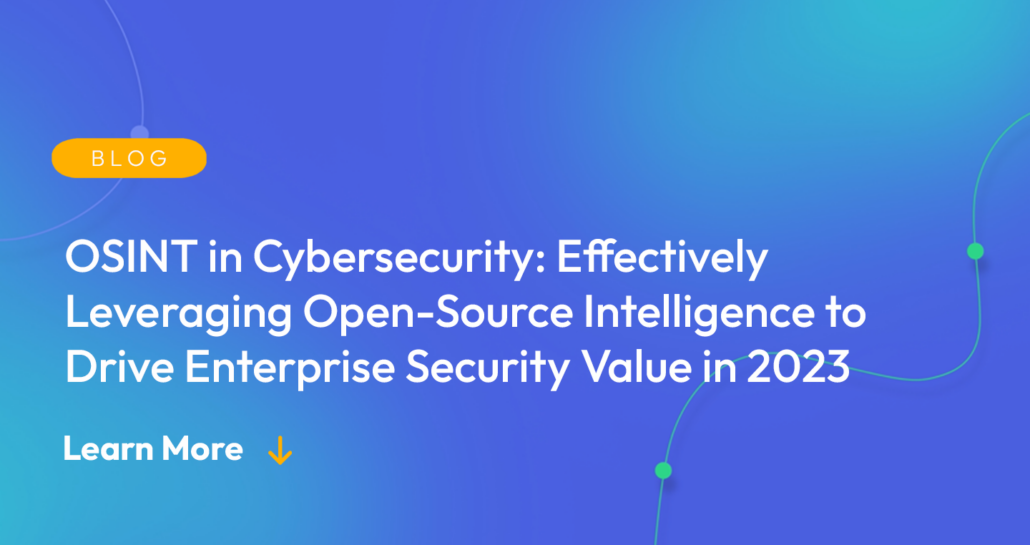
OSINT is a critical aspect of a competent cybersecurity program. Once an organization has the basics in place such as EDR, multi-factor authentication, network monitoring, and robust firewall rules, conducting effective open-source intelligence represents a significant opportunity for organizations to improve their cyber readiness. Cybersecurity OSINT enables companies to: What is Open Source Intelligence (OSINT)? […]
